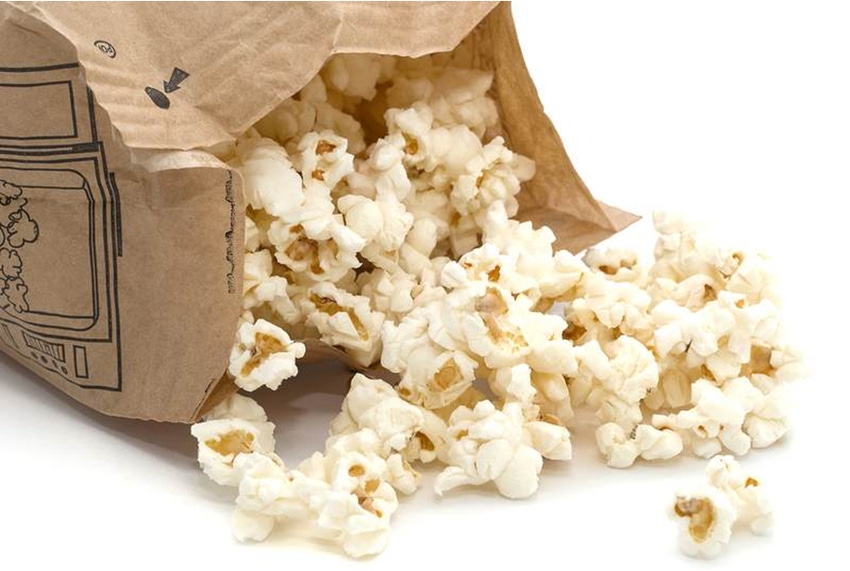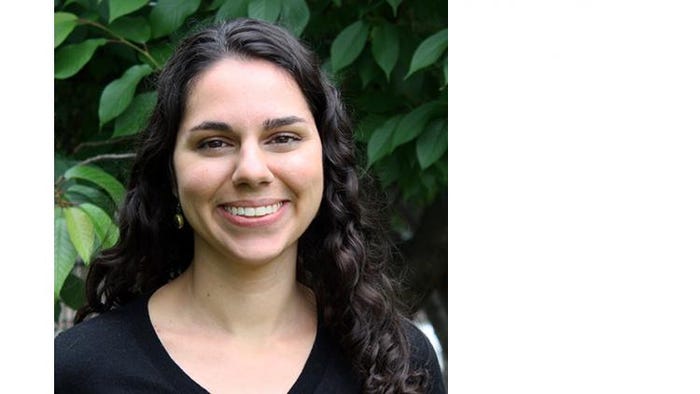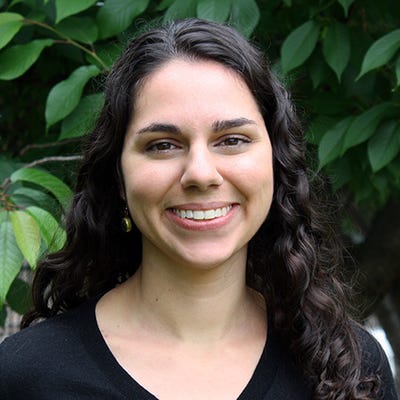
Elizabeth Ritch
Hazardous chemicals that persist indefinitely in the ecosystem have no place in a circular economy. Brand owners using packaging materials that contain per- and polyfluoroalkyl (PFAS), for example, should look for better replacements to ensure the health and safety of consumers and the environment.
By Elizabeth Ritch
Per- and polyfluoroalkyl substances (PFAS) have gotten a lot of criticism recently from environmental groups and the media. Do you know what they are, and whether they’re in the packaging of the products you sell?
PFAS are a large family of chemicals that share a similar structure—they are all based on a backbone of carbon and fluorine bonds, which are stable and persistent in the environment. These chemicals have been widely used for commercial and industrial applications, including water-, oil- and stain-repellent fabrics, nonstick products and fire-fighting foams.
PFAS are also widely used in food packaging, where they provide water and grease resistance. A 2017 study found widespread use of fluorinated chemicals in dessert and bread wrappers, sandwich and burger wrappers, and paperboard food packaging, and the Center for Environmental Health found PFAS in 100% of the microwave popcorn bags and molded fiber food serviceware they tested.
Certain PFAS based on a chain of eight carbon atoms (such as perfluorooctanoic acid [PFOA] and perfluorooctanesulfonic acid [PFOS], also referred to as C8 chemicals) were widely used for decades and have been associated with high cholesterol, ulcerative colitis, thyroid disease, testicular cancer, kidney cancer, and pregnancy-induced hypertension and preeclampsia. These particular chemicals are no longer manufactured in the United States, following a phase-out initiative led by the Environmental Protection Agency (EPA). However, due to the strength and stability of the carbon-fluorine bond, they are highly persistent in the environment, so people are still exposed to them via drinking water and other sources.
When C8 PFAS were phased out, chemical suppliers and product manufacturers looked for replacement chemicals that would provide similar performance, particularly for water, grease and stain resistance. Many turned to shorter-chain PFAS that were structurally similar to those that had been phased out, but contained fewer carbon atoms, such as GenX (manufactured by DuPont and its successor Chemours).
Unfortunately, these replacement PFAS are based on the same extremely stable carbon-fluorine bonds, meaning they are also highly persistent in the environment. While less toxicity data is available about these newer chemicals, they have been associated with liver and kidney damage, and animal studies suggest an association with increased rates of certain cancers. The replacement of long-chain PFAS with short-chain PFAS seems to be a case of regrettable substitution: the substitute chemical may have similar health concerns or be only marginally better than the original.
Short-chain PFAS are still approved by the U.S. Food and Drug Administration for use in food contact packaging. This is a problem both because PFAS can migrate from packaging into food, and because the chemicals persist after the end of the useful life of the package. PFAS have been detected in leachate from landfills and biosolids from wastewater. When biosolids are applied to agricultural fields, the PFAS can be taken up by crops and enter the food supply. In fact, the short-chain PFAS that are on the market today are actually more mobile in the environment than the long-chain PFAS they replaced. Since all PFAS are so persistent, including the new short-chain PFAS, the more we use them, the more will eventually end up in the environment—all the more reason to avoid them in the first place.
Increasingly, advocacy groups, the public and regulators are recognizing that substitute PFAS aren’t the solution. Recently, Washington State became the first in the country to ban all PFAS from fiber-based food packaging. The ban will go into effect on Jan. 1, 2022, as long as safer alternatives are identified by the Washington Department of Ecology by Jan. 1, 2020. At SPC Impact in April 2018, Jen Jackson of the San Francisco Department of the Environment said that the city of San Francisco is implementing procurement strategies and considering possible ordinances to support markets for PFAS-free compostable food serviceware.
While certain progressive jurisdictions are starting to take action, the fact is that regulations don’t always keep up with the latest information about chemical hazards in packaging. So how can brands ensure that they are part of the solution?
Malene Teller Blume, quality manager for Coop Denmark, the largest retailer in Denmark, shared her company’s story at SPC Impact. In September 2014, in light of growing evidence of harm caused by PFAS, the company decided to ban PFAS in all its private label products. At the time, it wasn’t able to find PFAS-free microwave popcorn bags, so in 2015 it actually stopped selling microwave popcorn in its stores until a safer alternative could be found. In less than six months, PFAS-free microwave popcorn bags were back on store shelves, and the positive publicity received from its strong public stance more than made up for the lost sales.
Brands that enact comprehensive, proactive policies to eliminate chemicals of concern from their packaging will be better positioned both to deal with PFAS now, as well as the next emergent chemical of concern. Given how little we know about so many of the chemicals in commerce today, there will almost certainly be more problematic chemicals that come to light.
Safer alternatives do exist, and now is the time for companies to take action. Companies should make sure they understand what chemicals are in the products and packages they sell, and what the hazards associated with those chemicals are, to avoid replacing a hazardous chemical with an equally hazardous substitute. Hazardous chemicals that persist indefinitely in the environment have no place in a circular economy.

Elizabeth Ritch joined GreenBlue, the parent organization of the Sustainable Packaging Coalition, in May 2016 as a project associate focusing on the CleanGredients program. She works with manufacturers of chemical products to find, use and market greener chemistries. Prior to joining GreenBlue, she worked with Ramboll Environ as an environmental consultant helping companies evaluate environmental risks in the context of business transactions, providing litigation support related to soil and groundwater contamination issues, and assessing compliance with environmental regulations. Ritch holds a BA in Environmental Thought and Practice and Physics from the University of Virginia.
*****************************************************************************************
Production efficiencies, ecommerce challenges, sustainability trends, new bioplastic technologies and more are among the topics on the agenda at the new Packaging Education Hub at EastPack 2018 (June 12-14; NYC). This free educational program will have more than 15 hours of can’t-miss presentations, demonstrations and hands-on activities. Register to attend for free today!
About the Author(s)
You May Also Like




